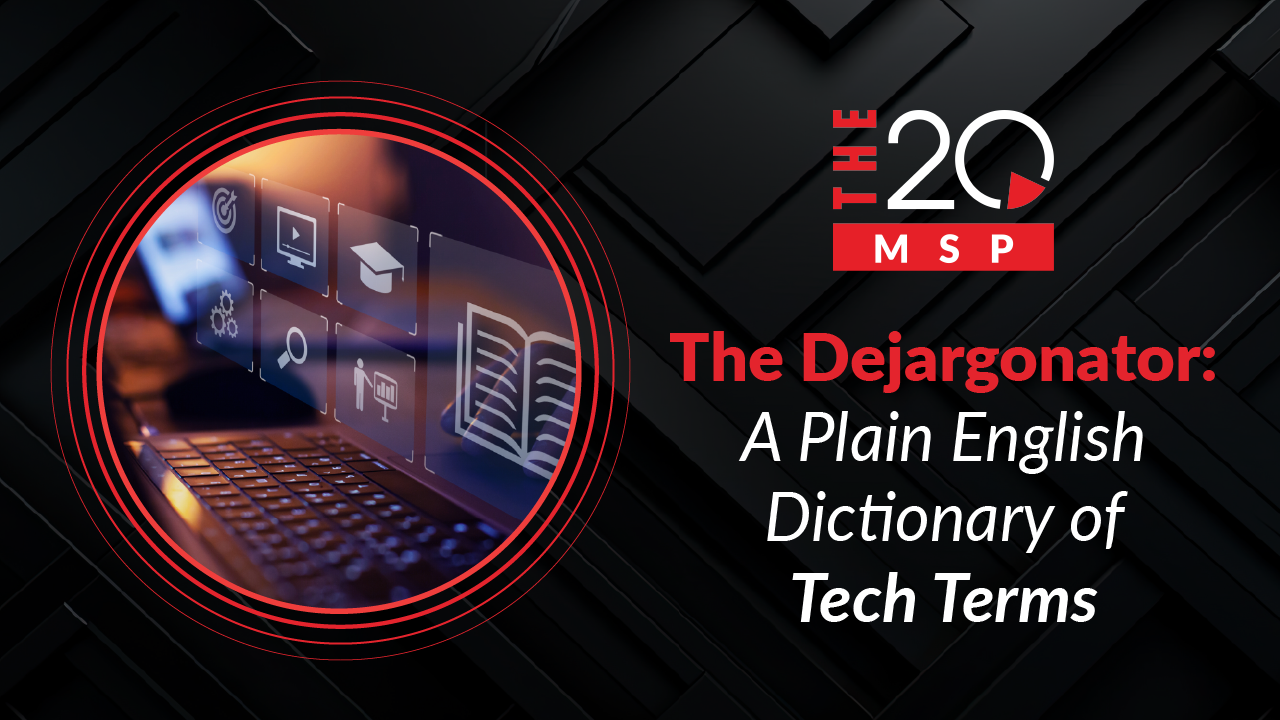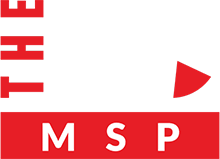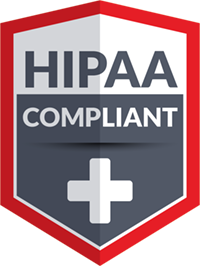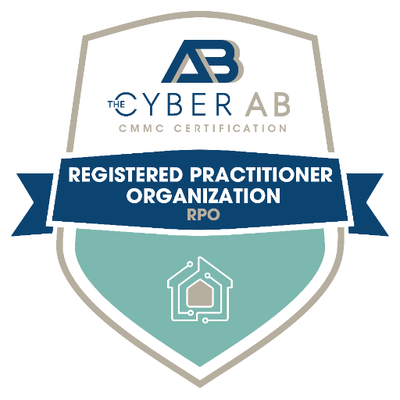
The Dejargonator: A Plain English Dictionary of Tech Terms
Part 1: Basics, Security & Acronyms
Why don’t IT folks talk like regular people? It seems like everything they say is stuffed with unnecessary jargon and ghastly acronyms. Cloud computing, SaaS, MFA, shadow IT, BYOD – what does it all mean?!
Don’t worry – we’re here to help. Over the next two blog posts, we’re covering common, not-so-common, and outright strange terms in IT. Our goal is simple: translate the tech talk into plain English. Next time your technician starts speaking in code, you’ll have this handy dictionary to help you understand their meaning.
Let’s dive right in, starting with…
Your Basic Tech Talk
Backend: Like working backstage during a concert, the backend is where the tech that powers your apps operates. We’re talking data processing, server management, and other IT magic.
Bring Your Own Device (BYOD): You get to bring your personal devices to work! No more using that slow work laptop. This policy is popular among remote and hybrid workers, offering serious convenience.
Cross-Platform: When a piece of software or application can run on different computers, devices, or operating systems.
End User: This refers to you, the person using a product or device. You’re an end user. We are end users. Anyone who uses a product is an end user!
Frontend: Here you’ll find an app’s visuals, buttons, graphics, and text—all the stuff you actually care about.
Help Desk:When you need IT help, you go to the help desk! Help desks are manned by technicians, whose job is to solve your IT problems quickly and efficiently – and without ever losing their patience.
MSP (Managed Service Provider): An MSP is a company that functions as an IT department for other companies, providing remote support and, when needed, on-site assistance. Really awesome MSPs have simple pricing and a proactive approach that prevents IT issues. Learn more here.
Security Know-How
Bad Actor/Threat Actor: These are your malicious hackers (there are ethical hackers too). Your ne’er-do-wells. The people behind cybercrime. Your…bad actors.
Captcha: Strange tests that ask you to prove you’re not a robot.
Data Breach: There’s nothing funny about this one. When a hacker accesses your sensitive data, such as credit card details, bank account numbers, Social Security numbers, and more, you’ve got yourself a data breach.
DDoS (Distributed Denial of Service) Attack: A type of cyberattack where bad actors flood a website or server with so much traffic that the website becomes inaccessible.
Encryption: A security method that takes data and makes it unreadable by scrambling it according to a secret code. Encrypted data is useless to hackers as is because it looks like nonsense. Learn more here.
Firewall: Although not a literal wall of fire, this security device is still very cool as it helps keep hackers’ filthy fingers out of your business by monitoring and controlling network traffic.
Malware: A tool used by bad actors, malware refers to the digital gremlins that sneak into your computer to cause trouble, steal information, or just generally wreak havoc.
Multi-Factor Authentication (MFA): A bouncer for your online accounts who makes sure you prove you’re really you with at least two forms of ID (password + something else). Learn more here.
Phishing: Bait hackers use. Phishing involves sending fraudulent emails and messages aimed at tricking you into giving up confidential or sensitive information.
Ransomware: A type of malware malicious hackers use to extort victims. Ransomware encrypts critical data, and the cybercriminal behind it asks for money to make the data readable again.
Shadow IT: In the dark of night, an employee connects their friend’s malware-infected laptop to the company network without telling IT. That’s Shadow IT – when unauthorized tech sneaks in, potentially causing serious trouble.
VPN (Virtual Private Network): Your IP address is a number that identifies your device on the internet. A VPN is a killer disguise for your IP address, giving you a secure and private online experience.
Zero Trust Security: A no-nonsense security mindset requiring every user and device, both inside and outside an organization’s network, to constantly prove its identity. Learn more here.
Acronyms!
API (Application Programming Interface): Software loves to chat, but not all apps speak the same (coding) language. An API is like a translator that lets apps converse with ease.
CAD (Computer-Aided Design): CAD is the digital equivalent of a high-tech art studio for creating and tweaking 2D and 3D designs. CAD software is beloved by architects and engineers and requires serious computing power.
CRM (Customer Relationship Management): CRM software organizes and analyzes customer data to helps businesses improve customer interactions, boost sales and improve service.
DNS Cache: Where your computer stores information about previously visited domain names and their IP addresses. Over time, it might need a good cleaning to keep your web-surfing speedy.
SaaS (Software as a Service): A convenient and cost-effective way to access software over the internet instead of via traditional installs. Learn more here.
SEO (Search Engine Optimization): The art of making search engines, like Google, your number one fan. SEO tricks like keyword optimization help your links launch to the front page, reaching more eyes.
UI (User Interface): Imagine a computer you couldn’t interact with – pretty useless, right? A UI lets you see, touch, and use your device or software. So yeah, pretty important.
UX (User Experience): The big-picture sibling of UI, UX is all about the overall experience for end users. It might sound a bit woo-woo, but it’s crucial – human beings are more likely to use a device or app if it’s easy, intuitive, and pleasant (or at least not a nightmare).
MDM (Mobile Device Management): There’s a management system for everything in IT, so of course there’s one for mobile devices. With MDM, organizations can monitor, manage, and secure the phones to which we’re all so hopelessly chained.
More Terms to Come…
In Part 2 of The Dejargonator, we’re covering hardware and internet terms. In the meantime, if you come across any unfamiliar tech terms we didn’t cover here, don’t hesitate to ask your IT team for a plain English translation. Replacing confusion with clarity and chaos with control are what IT support is all about. That’s our philosophy at least.
Get in touch to learn more about our uniquely awesome approach to IT support.



